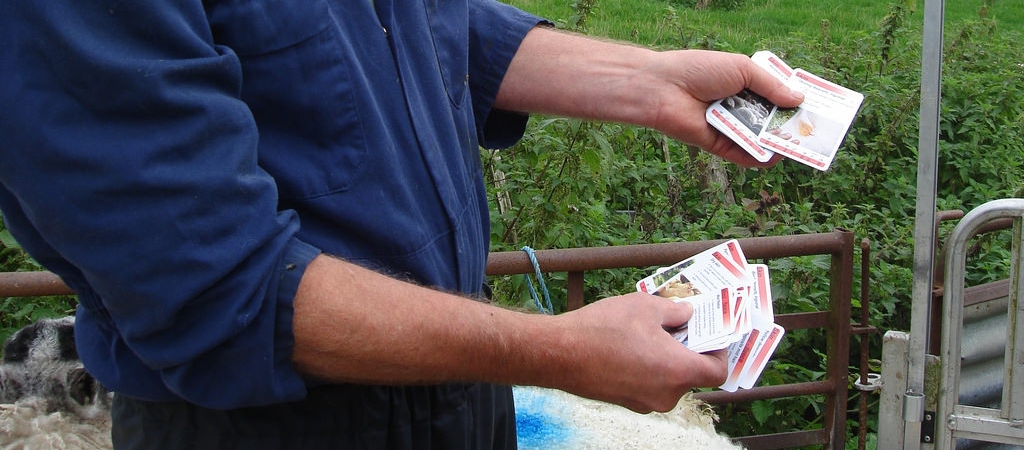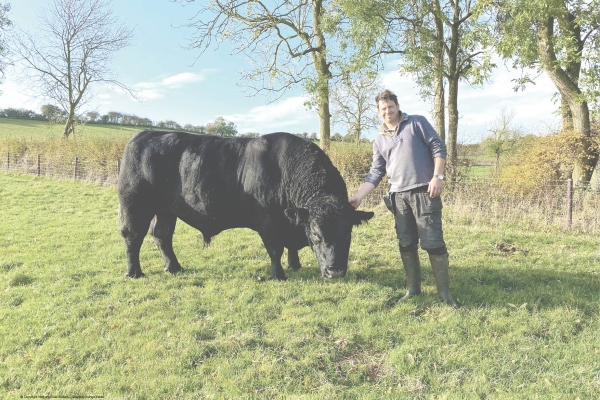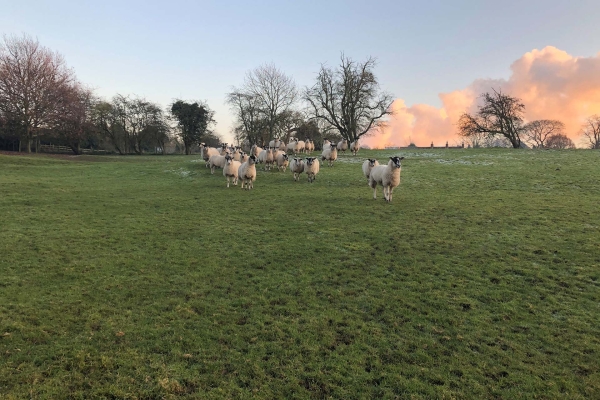OBSALIM: Method
Resource explained
This webpage (of a French site) describes what OBSALIM® is and how it can be used. Described as a “unique and original diagnostic and feed adjustment method based on the observation of cattle, sheep and goats” it explains that it will help you conduct your own nutritional analysis of your livestock on a day-by-day basis through close observation of your animals. The tools to help you do this are sets of cards, a book and computer software. It explains that the OBSALIM® method has been designed to help you interpret a large number of symptoms in your animals that are closely related to the digestion of their ration. You will be guided through observation of eyes, hooves, skin, hide, dung, urine and other indicators to help you diagnose nutritional conditions and needs. This page describes the methods used and refers to the sets of cards in particular.
Findings & recommendations
- Knowing how to read and interpret the signs displayed by your animals will help you manage them profitably and avoid occurrences of disease.
- There are sets of cards for cattle, sheep and goats; you can look at examples for each of them on this page. Each set is broken down into key areas such as hair, skin, eyes, urine, food intake, reproduction and behaviour.
- This page explains the four steps in the OBSALIM® approach, giving cattle as an example: assessing the homogeneity of the herd, assessing the dirtiness of cattle as indicators of feeding or housing issues, assessing the rumen stability, and looking for other OBSALIM® symptoms (where you are encouraged to focus on three different areas). You can then use the cards to help diagnose feeding adjustments you could make.
- From this page you can also access information on the practical guide that accompanies the cards, the book (not yet available in English), software, and training courses.
- The practical guide can be referred to alongside the cards or software to help you correct imbalances in rations. You can compare your result to one of 17 possible outcomes of OBSALIM® observations and find out about different potential correction scenarios.




